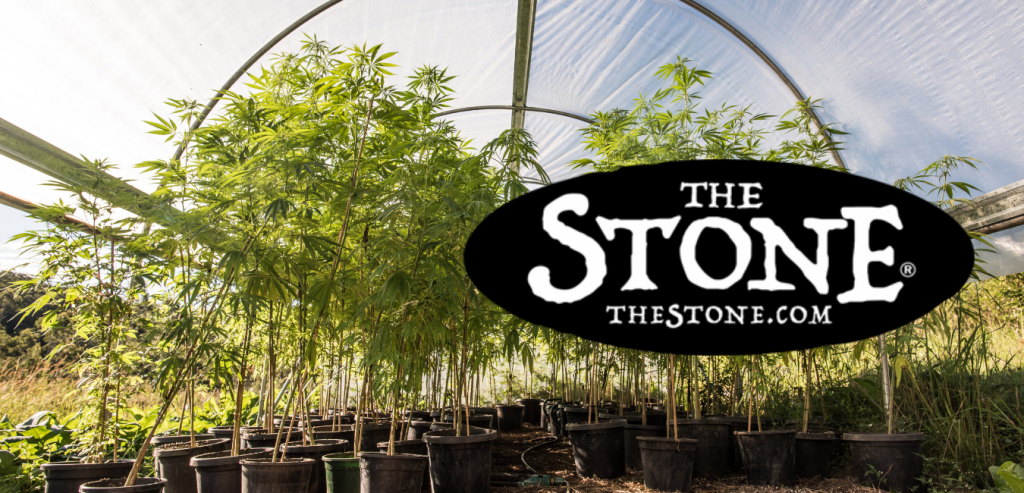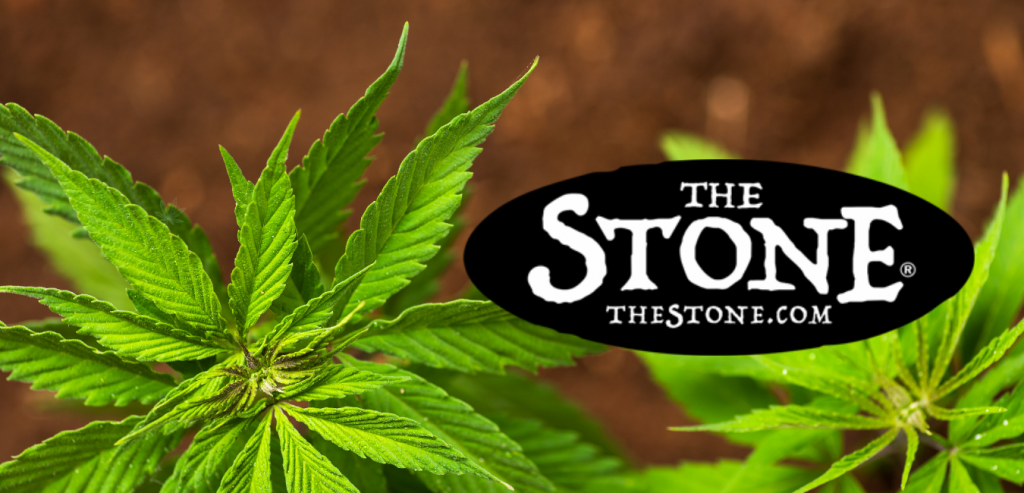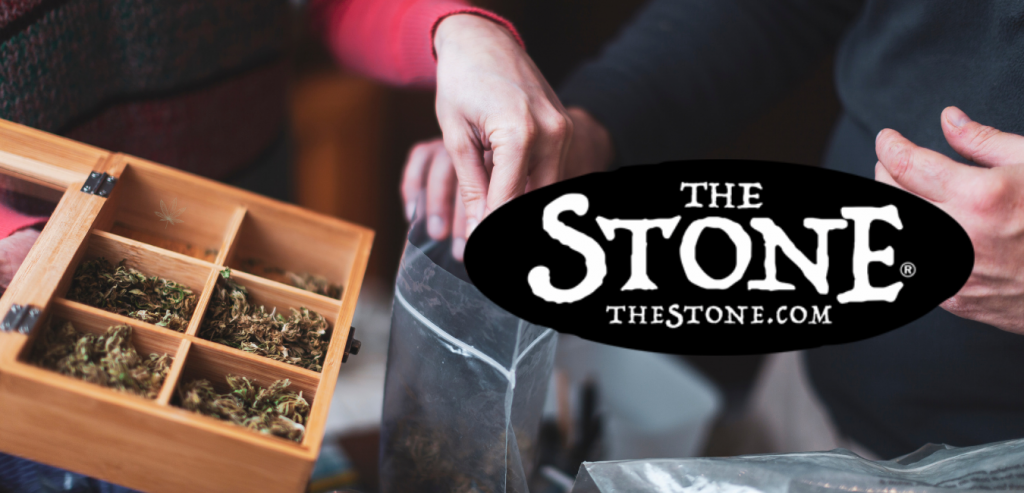
This website is for users aged 21 and over. Please confirm your age.
Increasing the THC percentage in marijuana without chemicals? Many different things can influence the chemical structure of your cannabis. For example, you can buy special fertilizers that will give you bigger yields with more potency, but these fertilizers are not available to people who grow their cannabis outdoors. But there is a way to increase the potency of your bud without using expensive chemicals!

This article will give you tips and tricks on how to increase the potency of your pot naturally. These methods are cheap, easy, and safe! You can do most of them right now at home.
Before we start: The plant must get as much light as possible during its entire life cycle. The more light it gets, the more THC it can produce. Take a look at this list of strains that have a high potency:

Here’s an interesting fact: The latest research shows that Sativas and Indicas have the same THC percentage! Only the appearance of the weed is different: Sativas grow thin and tall, while Indicas grow short and bushy.

But it will have produced more trichomes, which directly impacts the potency of your marijuana.
What do all these things have in common? They all give your plant ‘stress,’ which increases the number of trichomes it produces. These trichomes are the most critical part when talking about increasing the potency of your weed. And they can be found on your plant’s buds!
Trichomes only appear on buds that grow outside of the plant. So, you can increase the potency in your pot by harvesting your outdoor plants early! This is the method we will be using for this tutorial.
The main reason you need to dry it is that water retards the THC-buds-making process. As a result, it will have less THC after drying! But since we are looking to increase the number of trichomes in our cannabis. .drying is necessary if you want the subsequent steps to succeed.
Note: You can harvest your plant at any point during these three weeks. The ideal time to gather your pot is when it has dried enough that you can snap the stems easily in half by applying a little bit of force.

As you can see here, increasing the THC percentage in your weed is relatively easy. And it’s sure to give you a much higher yield than what you would typically get if you didn’t do this!
You can also use this method with hydroponics, but keep in mind that the results won’t be outstanding. This is because, under hydroponics, weed plants don’t go through any natural stress in their life cycle. So they won’t create more trichomes in response to stress, and thus your THC percentage will not increase.
This is a surefire way of boosting the amount of THC your weed contains, and the sky is the limit here. Remember that after you’ve increased the amount of THC in your weed to its highest possible level using this technique…it’s time to stop stressing your plants!
This way, you’ll be sure not to lose any of the trichomes you worked so hard for! So, have fun with this method, but don’t forget to stay safe! Good luck.
Article Notes: This article assumes that the reader thoroughly understands growing weed indoors and outdoors. If you are not experienced in growing weed, find someone to assist.
Hydroponics is a method of growing plants using mineral nutrient solutions in water and without soil. Terrestrial plants may be grown with only their roots exposed to the mineral solution or in an inert medium, such as perlite or gravel
Coconut water is the clear liquid inside coconuts. It can be used to hydrate your cannabis plant’s root zone
Since it contains many essential nutrients for healthy growth and possesses hydrating properties which increase the ability of nutrient uptake by the plant, coconut water (and other types of nutrients) are often used as phytonutrient supplements during hydroponics cultivation.
Organic nutrients tend to release into the air via thermal decomposition when heated.
In addition, the ability of organic matter to release nutrients increases when exposed to light from a hot lamp above your growing area. This makes organic hydroponics nutrients more expensive due to more significant costs involving labor and energy. If not managed properly, these losses can be considerable in commercial or recirculating hydroponics systems.
It is not recommended that coconut water be used in soil-based grows because it would rapidly lose its properties in anaerobic conditions below the root zone where the weed plant’s roots cannot be directly accessed. However, depending on the medium you use, it may work in some cases.
In soil-based mediums, coconuts often have too much sodium, which leads to unwanted salt buildups and root burns over time.
Inorganic hydroponics, coconuts can be a great source of nutrients vital to healthy plant growth, including potassium, magnesium, sodium, calcium, and many other trace minerals.
Coconut water contains fulvic acid, effective as an antibiotic and fungicide. Fulvic acid also enhances mineral absorption by the plant through increased bio-availability
Fulvic acid helps increase seed germination rates and their subsequent establishment once sprouted. This allows for faster overall growth resulting in higher yields than without it.
Certain hydro stores sell coconut water with extra elements added for weed plants specifically. These additives contain specific amounts of nitrogen (N), phosphorous (P), and potassium (K) which are the three main elements that provide nutrients for plant growth.
You can buy coconut water to hydrate your cannabis plants at any health food store. However, I do not recommend it because you don’t know what is really in there and if they add anything or not. It’s best to make your nutrient solution with known ingredients.
Coconut water mixed with a high-quality hydroponics fertilizer like guano tea, compost tea, worm castings tea (vermicompost tea) will work great!
This works so well because coconuts have been shown to absorb microbiological organisms from soil media during their propagation naturally. This process increases the bacteria and fungi, such as mycorrhizal species, increasing the plant’s ability to uptake critical nutrients from the soil media.
The organic hydroponics nutrient recommended for coconut water use is guano tea. Guano tea is a mixture of bat and bird manure, seaweed extract, humic acid, boric acid, and fulvic acid. It can also be used with worm castings tea.
We warmly welcome you to explore our highly acclaimed strains, concentrates, and edibles. Serving recreational clients with pride is our passion.
At our dispensary, you'll find a professional yet inviting atmosphere that prioritizes your comfort and privacy. Feel free to stop by at your earliest convenience to experience it for yourself. We can't wait to serve you!


